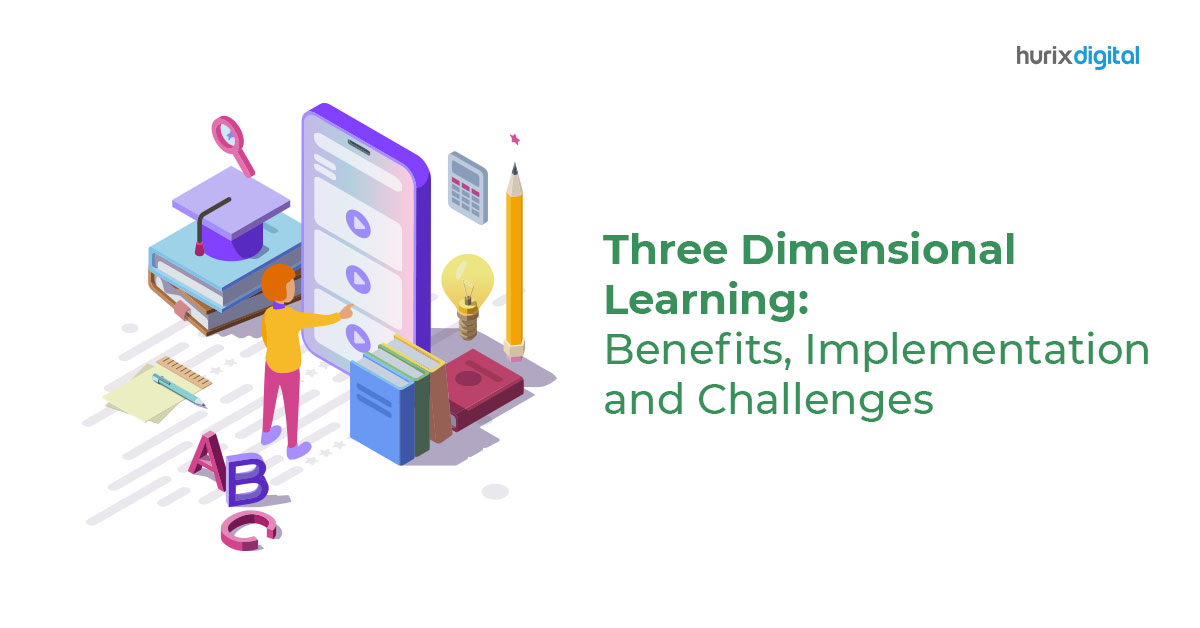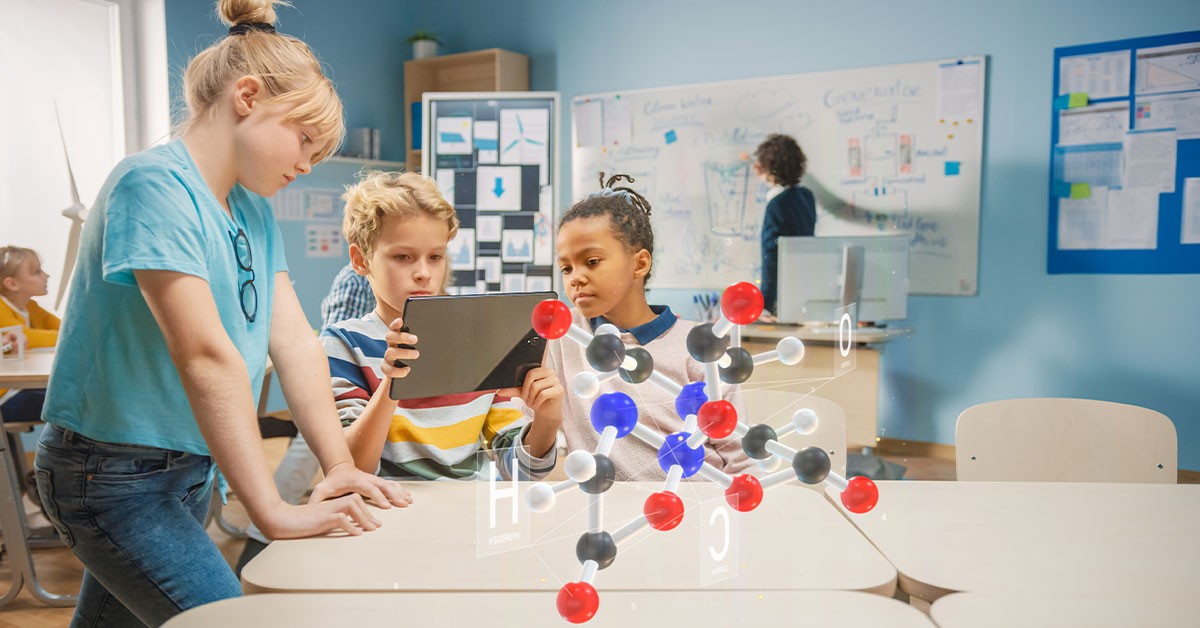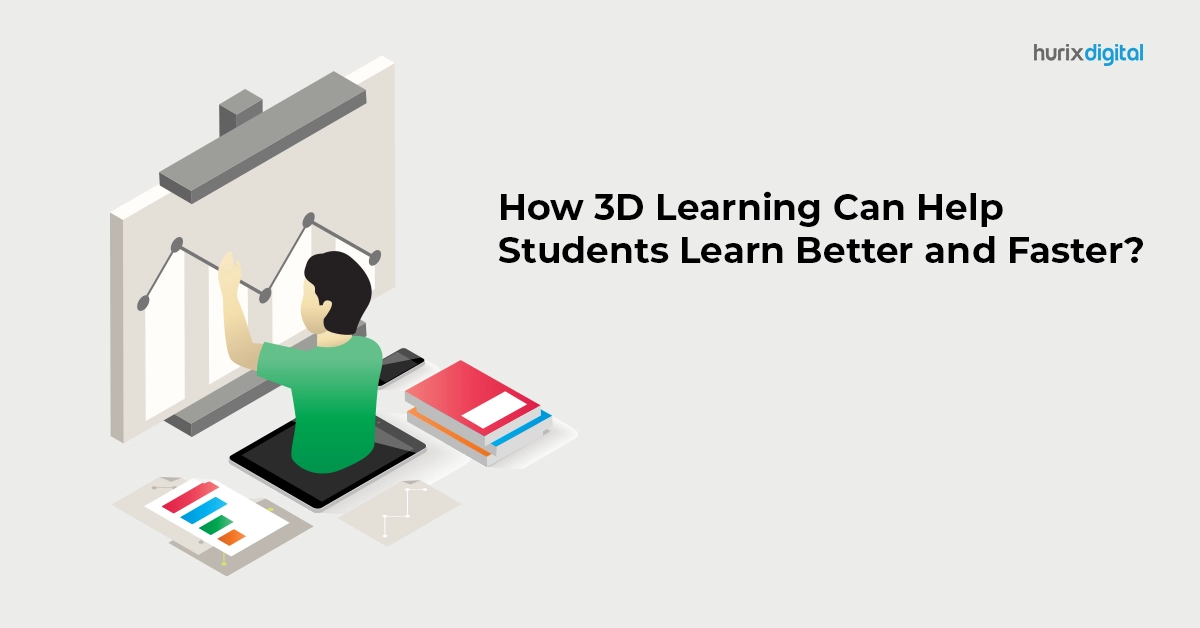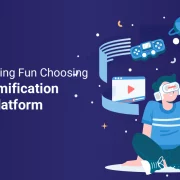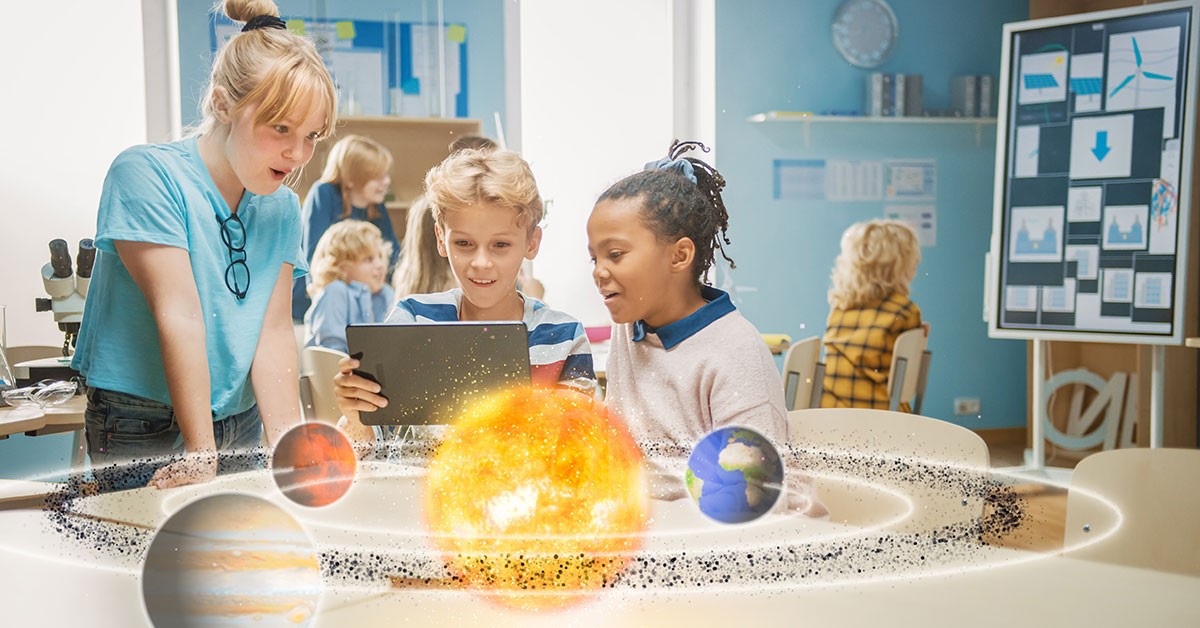
3D Learning – Bringing the Wow Factor into eLearning
Technology plays a pivotal role in changing the education landscape. People live in a knowledge-based and technology-driven economy.
Therefore, schools, colleges, and universities need to deep-dive into the many possibilities of using technology to enhance teaching and learning.
Table of Contents:
One such possibility is 3D learning. Even though it’s an area of ongoing research, its implications on eLearning are tremendous.
Simulating a real-world environment improves the ability of students to learn complicated concepts more practically.
Also Read: The Role of Simulations in Higher Education Institutions and Colleges
Why Does It Matter?
Students in today’s world face far more distractions than any other generation before.
With the proliferation of social media platforms, it is getting increasingly difficult for them to channel their undivided focus on their studies.
So, why not drive technology inside of classrooms?
3D learning is an exciting domain of technology that can be leveraged to refine student learning outcomes.
Impact of Technology on Student Learning Outcomes:
Research suggests that visual content works far better than text when it comes to enhancing student learning. In fact, they have become more appealing in this visually driven world.
In modern terms, this phenomenon is called ‘visual literacy.’ It has a greater impact on student learning outcomes compared to the conventional approach of teaching.
In a study conducted to reinforce construction safety education, researchers created a 3D game system using MilkShape 3D and Autodesk 3Ds Max.
Students were given the task of identifying job hazards often encountered in the construction industry. The game served as a safety training environment with features of interactivity, self-learning, and realism.
The findings of the study indicate that not only did students cherish the learning process but also displayed an optimistic attitude and motivation. They were able to enhance their learning interests.
Benefits of 3D Learning:
How many students really like going to school and learning their lessons?
Very few, sadly. Most of them just get by one day at a time. 3D learning can boost students’ engagement allowing them to utilize their talent to the fullest.
It will help you grab their attention much more easily. This, in turn, increases their chances of effectively gathering and retaining the information.
Visual experiences are absorbed more easily by students compared to mundane facts. With their enhanced understanding, they ask more complex questions and discover new ideas.
1. The ‘Wow’ Factor
Many schools and universities that do have practical lessons, fail to capture the students’ attention. The wow factor is simply missing, which could keep their eyes glued to what is being taught.
It is the teacher’s responsibility to get them excited and curious about lessons. This where 3D learning can assist them.
How about a journey through the solar system?
Or perhaps a deeper, immersive view of human anatomy?
For instance, watching where each planet is and how they move is more exciting in a planetarium compared to 2D diagrams in textbooks.
The technology makes it possible for students to have that same experience inside the classrooms!
2. Efficacy of 3D Learning
Embracing technology can lead to massive improvements in the delivery of education.
Before giving examples of the effectiveness of 3D tech in mathematics and science, let’s understand the concept of three-dimensional learning.
3. 3D Learning – The Concept
When you talk about the concept of three-dimensional learning, it comprises of following components:
- Core disciplinary ideas
- Cross-cutting Concepts
- Science & Engineering Practice
According to the National Research Council’s (NRC) framework, K-12 content developers deliver high-quality science education based on three-dimensional learning.
The first component is aimed at strengthening the knowledge base of students belonging to engineering and science disciplines.
The second component is directed towards augmenting students’ ability to apply concepts of science and engineering domain to another.
The third component includes practices such as interpreting data, carrying investigations, developing models, asking questions, designing solutions, and communicating information using a computational approach.
4. Effectiveness in Mathematics
With the help of 3D animation, students can comprehend calculus, trigonometry, work and time, and volume a lot better than traditional methods.
Using more advanced tech, students should be able to manipulate the objects of the simulated environment, such as circles, colored squares, and tiles.
This way, students will be able to comprehend mathematical concepts in a better way and change their attitude towards the subject in a positive manner.
5. Effectiveness in Science
Students, for instance, can learn about the properties of gas using 3D tech and apply their knowledge to other science disciplines like engineering, biology, chemistry, pharmacy, and Earth science.
Incorporating 3D Learning in Your Curriculum:
The first and the most important prerequisite of incorporating this technology is having a well-established IT infrastructure.
That includes all your systems, security, mobility, collaboration, and data center that should work together seamlessly.
Besides, you can collaborate with 3D educational game designers and virtual classroom software makers to make that possible. Choose a developer who can understand your requirements to customize the environment.
You can start by bringing the immersive cinema experience into the classrooms and gradually upgrade to augmented reality (AR) and virtual reality (VR).
Conclusion
3D learning has immense potential in terms of helping students who really struggle to grasp complex concepts.
They can not only understand their subjects better but can also recollect details of what was taught to them in 3D. Moreover, the knowledge retention rate is much lower in 2D learning.
You need a strong IT infrastructure in order to integrate the technology with your curriculum. Ideally, you should collaborate with a K-12 course designer and tech developer to incorporate the technology.
Every student should be able to utilize his or her potential to the fullest. Each step you take today will impact the lives of next-generation, and therefore, the future of humanity.
Whether you want to create custom content or utilize technology for higher education solutions, Hurix can help! Get in touch with us now.

Senior Vice President – Business Development
Over 25 years of experience in the edtech and workforce learning industry with strong skills in Business Development, Customer Relationship Management (CRM) and Strategy.
